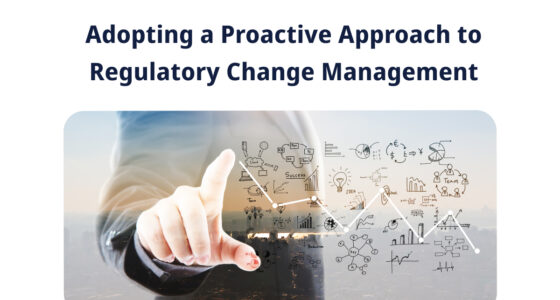Regulatory bodies play a pivotal role in shaping and maintaining the stability of financial markets. These organizations, armed with the authority to establish rules and standards, act as guardians of economic order. In the dynamic world of finance, where innovation and risk intertwine, the need for effective regulation has never been more pronounced.
Compliance standards, set by regulatory bodies, serve as the bedrock of a secure financial environment. Financial institutions are obliged to adhere to these standards, ensuring transparency and accountability in their operations. The continuous evolution of compliance standards reflects the ongoing effort to adapt to emerging risks and technological advancements.
The landscape of financial regulations is in a perpetual state of flux, mirroring the ever-changing nature of global markets. Regulatory bodies constantly recalibrate their strategies to stay ahead of potential threats and foster market integrity. With the rise of digital currencies and blockchain technology, financial regulators are navigating uncharted waters, striving to strike a balance between innovation and risk mitigation.
Transitioning to the digital era, regulatory bodies are embracing technological advancements to enhance their surveillance capabilities. Artificial intelligence and machine learning algorithms are becoming integral tools in detecting and preventing financial crimes. This proactive approach enables regulators to stay one step ahead of wrongdoers who exploit vulnerabilities in the system.
Cryptocurrencies, once viewed with skepticism, are now under the regulatory microscope. As these digital assets gain mainstream acceptance, regulatory bodies are devising frameworks to govern their use. The challenge lies in striking a balance between fostering innovation in the fintech space and safeguarding against potential risks such as money laundering and fraud.
In the aftermath of global financial crises, regulatory bodies have fortified their arsenal with more robust tools. Stress testing and scenario analysis have become indispensable in evaluating the resilience of financial institutions. This forward-looking approach enables regulators to preemptively identify vulnerabilities and address them before they escalate into systemic risks.










